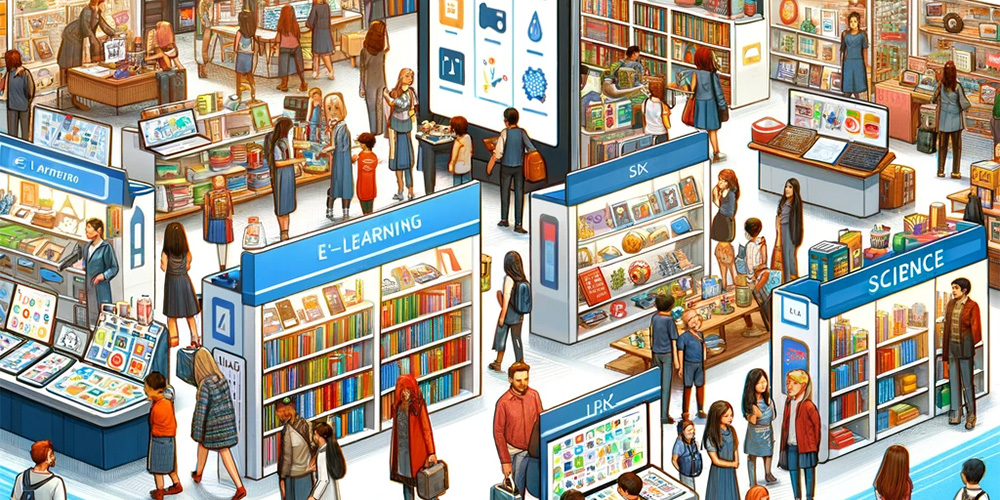Open AI’s recent launch of a marketplace for custom GPTs has a lot of potential. These AI chatbots, customizable through prompts, specific knowledge inputs, and API connections, open up a realm of possibilities in the learning and development (L&D) sector. At Tang Technology, we’ve begun integrating these tools into our instructional design processes, reaping benefits in efficiency and creativity. Let’s explore the potential applications and challenges in harnessing these AI tools for learning purposes.
eLearning Architect
Our initial foray into using GPTs involved uploading content to automatically generate learning objectives, course outlines, and assessment questions. This application alone has sped up the instructional design process, allowing us to accelerate the initial analysis.
Course-Specific Helper
One of our more challenging experiments involved embedding a GPT with extensive knowledge pertaining to state laws. Collaborating with a client, we aimed to develop a certification training program that required a deep, nuanced understanding of the law. We fed the GPT with transcripts from previous trainings and pertinent state legislation.
Here we face our first real hurdle with GPTs. We initially attempted to upload the entire corpus of state laws, which proved overwhelming for the GPT’s context capacity. This led us to manually select and input the most relevant sections, a process that, while time-consuming, resulted in a more focused and effective AI tool.
Once configured, the GPT demonstrated its value by crafting realistic legal scenarios for interactive training modules and providing clarifications on complex legal queries. This approach not only enhanced the design experience but also showcased the potential for GPTs in specialized knowledge domains.
Scenario Image Generation
Our next venture involved integrating DALL-E with a GPT to generate specific images for scenario-based interactive development. This combination aimed to create visually engaging content that aligned with the training’s thematic requirements. While the consistency in the illustrated style was good, the results were mixed in terms of usability. Some images failed to meet our predefined criteria, highlighting the challenges in fine-tuning AI outputs for specific training contexts.
Overcoming the Challenges: Context Limitation in LLMs
One of the primary challenges in leveraging large language models (LLMs) like ChatGPT for L&D purposes is their context limitation, particularly when dealing with vast, non-public datasets. Two potential solutions have emerged:
- Fine-Tuning the Model: This involves customizing the base LLM to better align with specific knowledge domains. However, this approach may still face limitations in handling extensive proprietary data.
- Using a Vector Database: This solution appears more promising for our applications. A vector database can efficiently incorporate and retrieve large volumes of specific or proprietary knowledge, crucial for tailored learning solutions.
Moving Forward
As we continue to explore and innovate in this space, the potential of custom GPTs in enhancing and streamlining educational content development cannot be overstated. These tools not only bring efficiency but also open doors to new methodologies in interactive and personalized learning.
At Tang Technology, we remain committed to pushing the boundaries of educational technology. We invite you to join us in this journey. For a free consultation on how custom GPTs can revolutionize your learning solutions, contact us.

